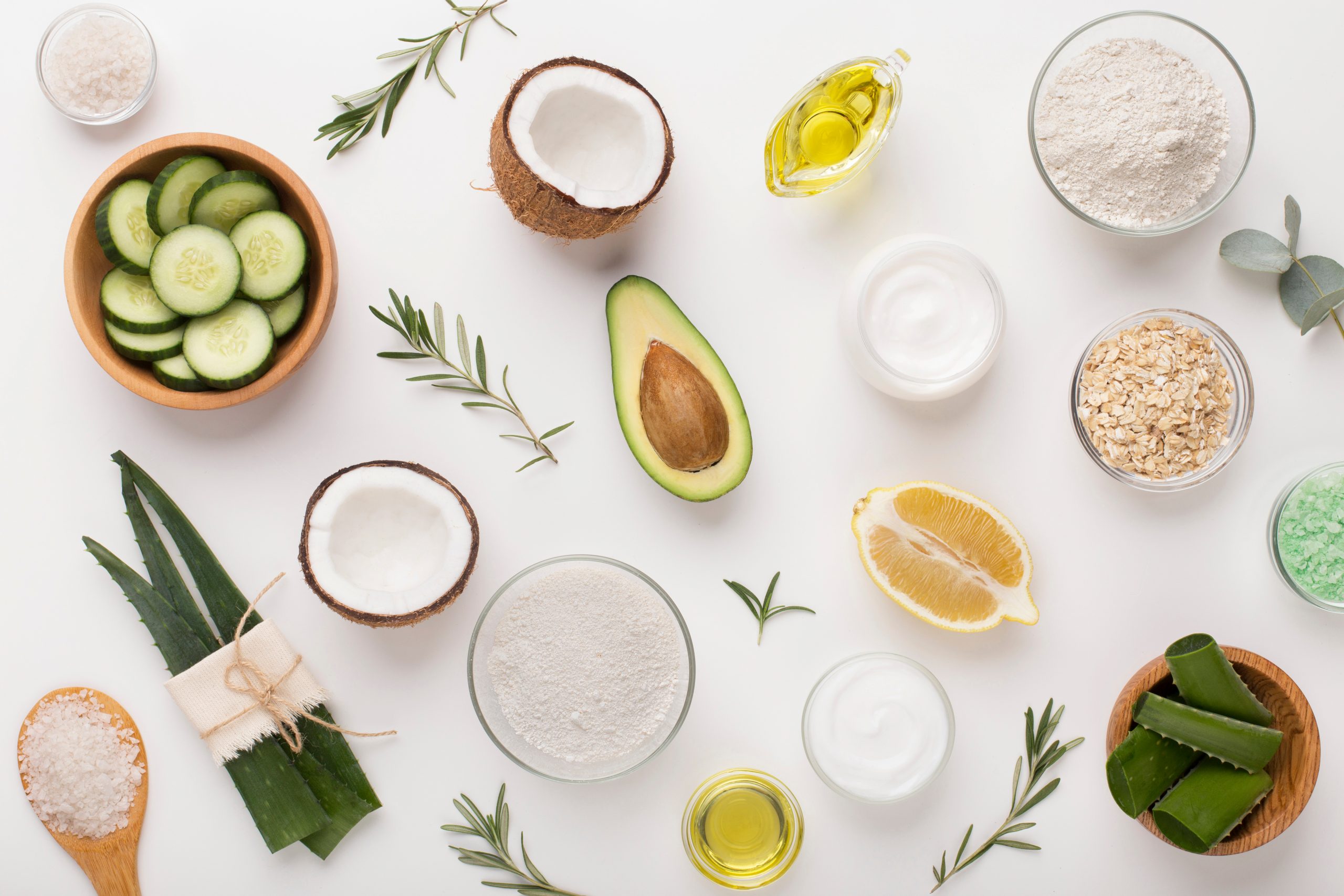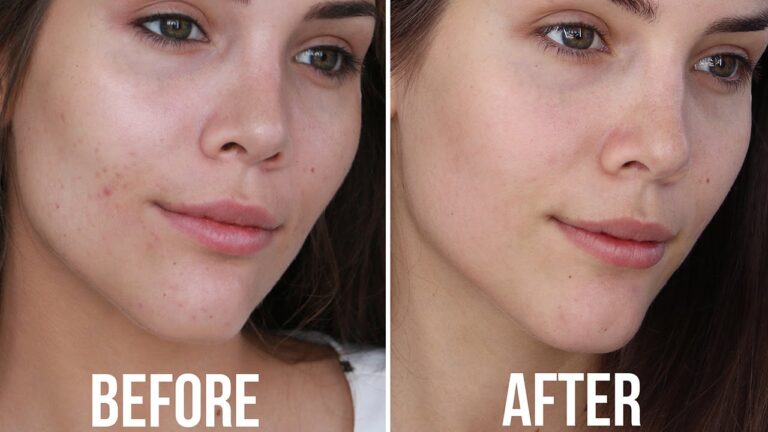
Clean Beauty: What It Means and Why It Matters
Clean beauty has become more than just a trend—it’s a movement. With growing awareness of what goes into our skincare and makeup, more people are turning toward products labeled as “clean.” But what exactly does that mean? Let’s explore the concept of clean beauty, why it matters, and how to make informed choices.
What Is Clean Beauty?
H2: A Simple Definition
Clean beauty refers to skincare and cosmetic products made without harmful or toxic ingredients. These products are formulated with health and safety in mind. They often use naturally derived ingredients, but that’s not the only factor.
H3: Key Characteristics of Clean Beauty
-
Free from harmful chemicals like parabens, phthalates, and sulfates.
-
Non-toxic and gentle on the skin.
-
Transparent labeling with a full ingredient list.
-
Environmentally conscious in terms of production and packaging.
It’s important to note that “clean” doesn’t automatically mean “natural” or “organic.” Clean beauty can include synthetic ingredients—if they’re proven safe.

Why Clean Beauty Matters
H2: Your Health Comes First
Our skin absorbs a portion of what we apply to it. Some traditional beauty products contain ingredients that may cause irritation, hormone disruption, or even long-term health concerns.
By choosing clean beauty:
-
You reduce your exposure to potentially harmful substances.
-
You support healthier skin with fewer irritants and allergens.
H2: Safer for the Environment
Clean beauty brands often focus on sustainability. They aim to reduce their environmental impact through:
-
Eco-friendly packaging
-
Cruelty-free testing
-
Ethically sourced ingredients
This makes clean beauty better not just for your skin, but for the planet.
Clean vs. Natural vs. Organic
H2: Understanding the Differences
These terms are often used interchangeably, but they’re not the same.
-
Natural: Ingredients come from natural sources, like plants or minerals.
-
Organic: Ingredients are grown without synthetic fertilizers or pesticides and certified by a regulatory body.
-
Clean: Focuses on safety, regardless of whether the ingredient is natural or synthetic.
Clean beauty may include natural and organic elements, but its primary goal is to avoid harmful substances and prioritize safety.
How to Shop for Clean Beauty
H2: Read Labels Carefully
Marketing can be misleading. Look beyond the front label and read the full ingredient list. Some common ingredients to avoid include:
-
Parabens
-
Synthetic fragrance
-
Formaldehyde-releasing agents
-
PEGs and sulfates
H3: Look for Trusted Certifications
Although “clean beauty” isn’t regulated, some third-party certifications can help:
-
EWG Verified
-
Made Safe
-
Leaping Bunny (for cruelty-free assurance)
H3: Use Apps and Resources
Apps like Think Dirty and EWG’s Skin Deep can help you research product ingredients quickly.
Clean Beauty Myths
H2: Busting Common Misconceptions
-
Myth: Clean beauty is always natural.
Truth: It can include safe synthetics. -
Myth: Clean products don’t work as well.
Truth: Many clean beauty brands offer high-performance formulas. -
Myth: All chemicals are bad.
Truth: Not all chemicals are harmful—water is a chemical too! It’s about choosing safe ones.
Conclusion
Clean beauty is about making conscious choices for your health and the environment. It doesn’t mean you have to overhaul your entire routine overnight. Start small—swap out a few key products and pay closer attention to ingredients. By choosing clean, you’re supporting transparency, safety, and sustainability in the beauty industry. And that’s something that truly matters.







